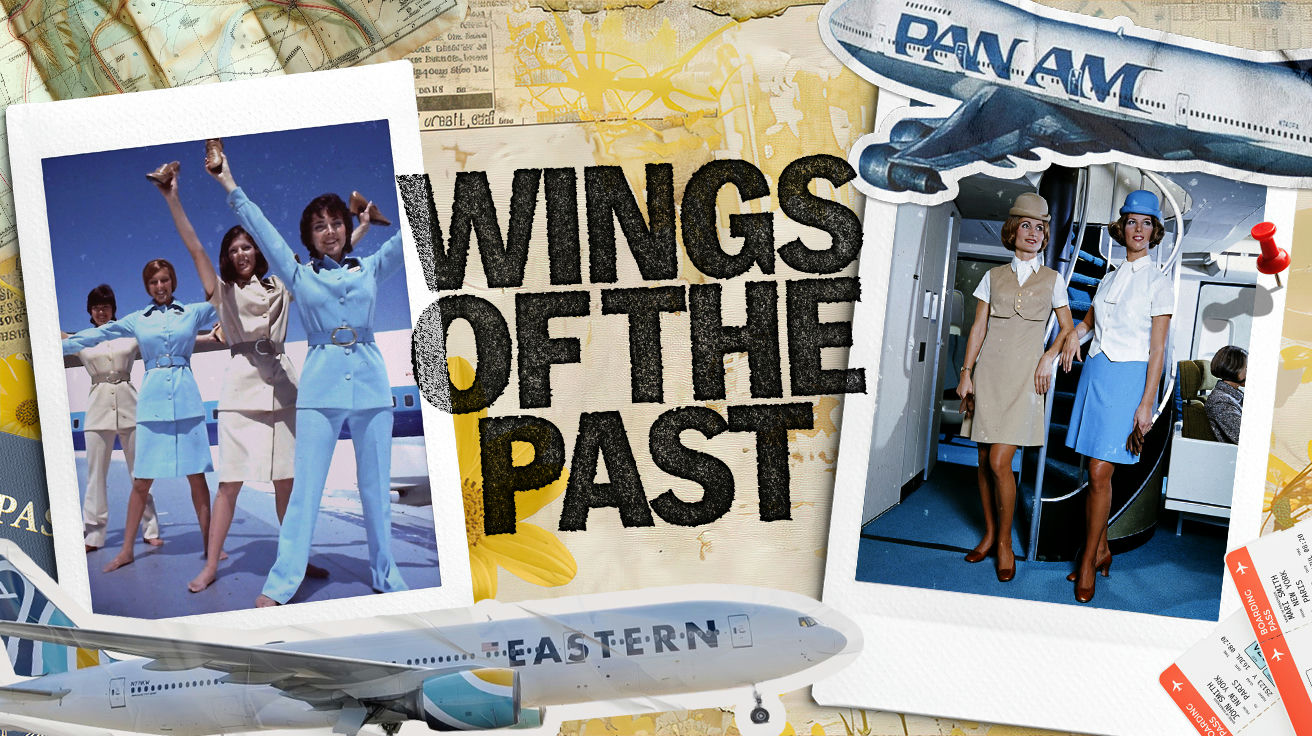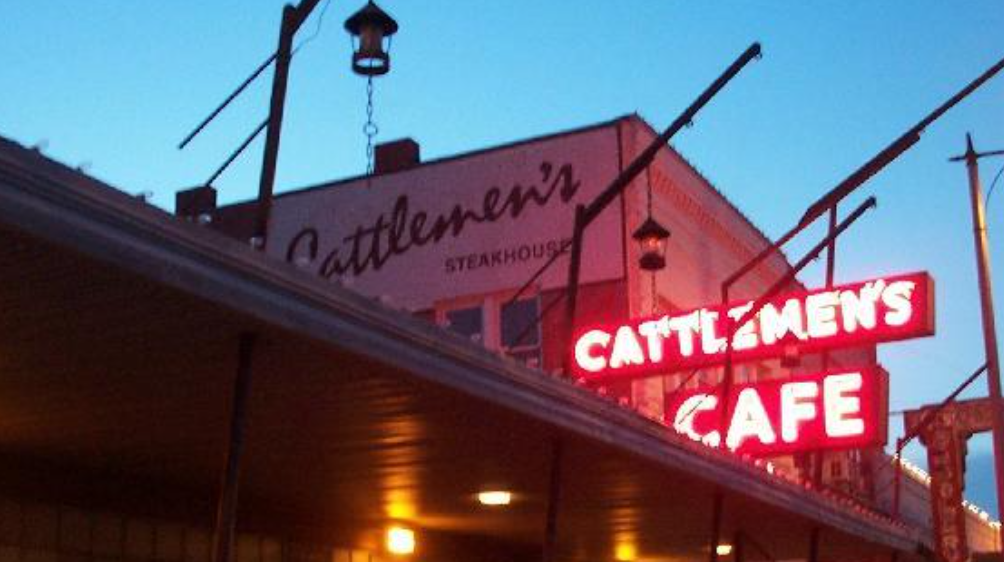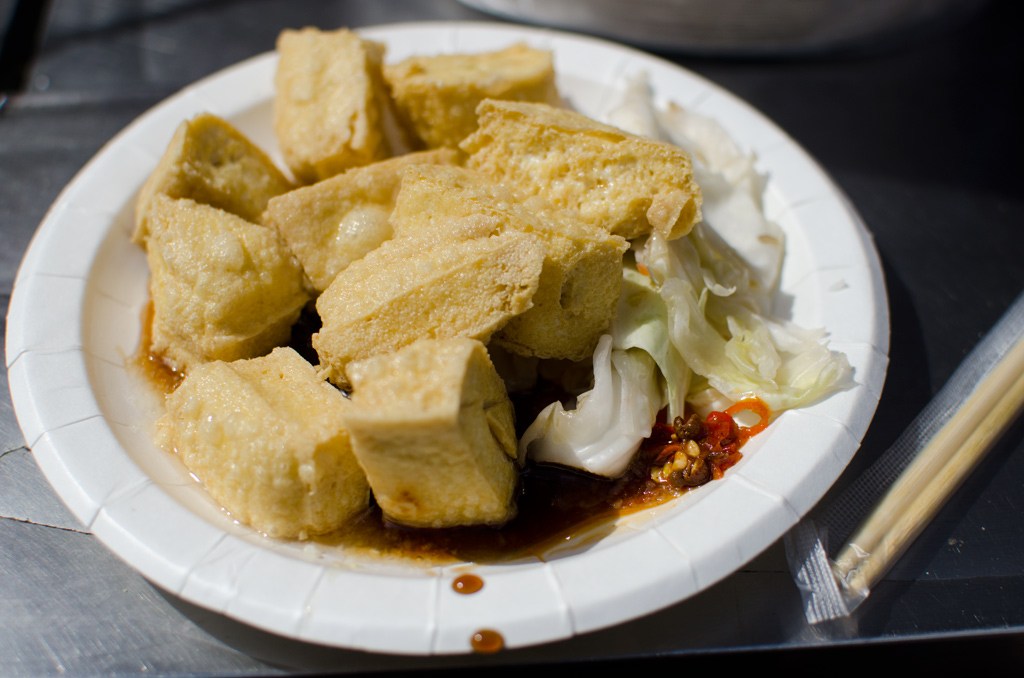The sky holds memories like an old photograph—faded but unforgettable. These airlines didn’t just move people; they moved dreams across continents. You might recognize their logos from vintage travel posters or remember stories your parents told about flying when it felt like magic. Each carrier wrote its own chapter in aviation’s grand narrative before vanishing into history’s turbulence.
19. Pan American World Airways (Pan Am)
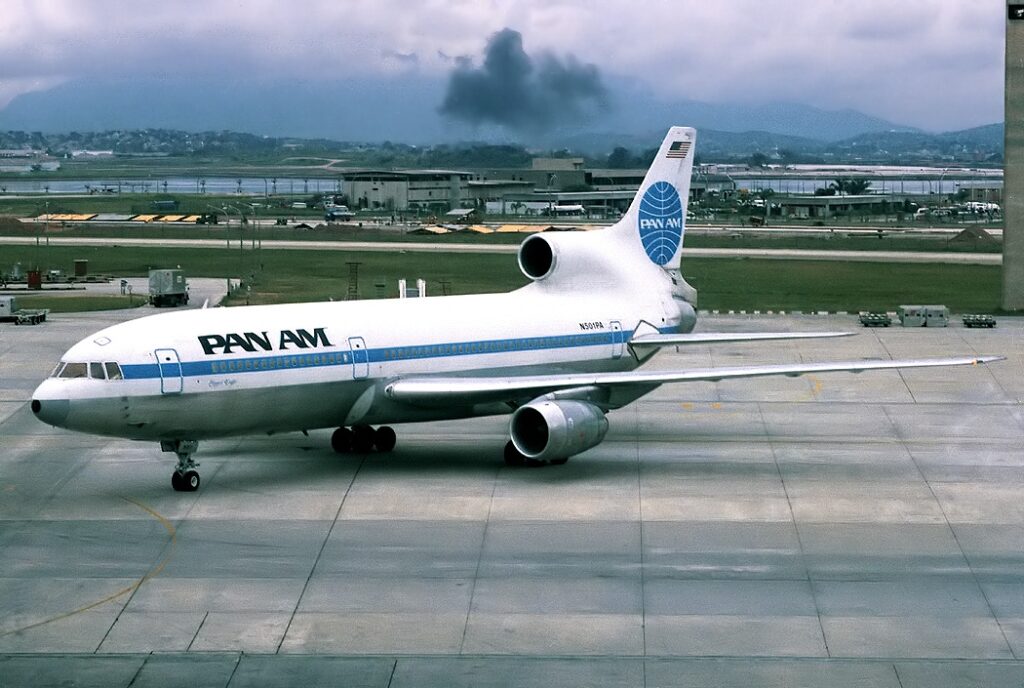
You’ve probably seen that blue globe logo somewhere—on a worn suitcase or in a Kubrick film. Pan Am didn’t just fly; it painted the world smaller with each route. The airline pioneered computerized reservations and introduced America to the jumbo jet era.
Deregulation hit like unexpected turbulence in the 1980s. Rising fuel costs and the Lockerbie tragedy created insurmountable headwinds. By 1991, this once-mighty empire dissolved into aviation folklore.
18. Trans World Airlines (TWA)
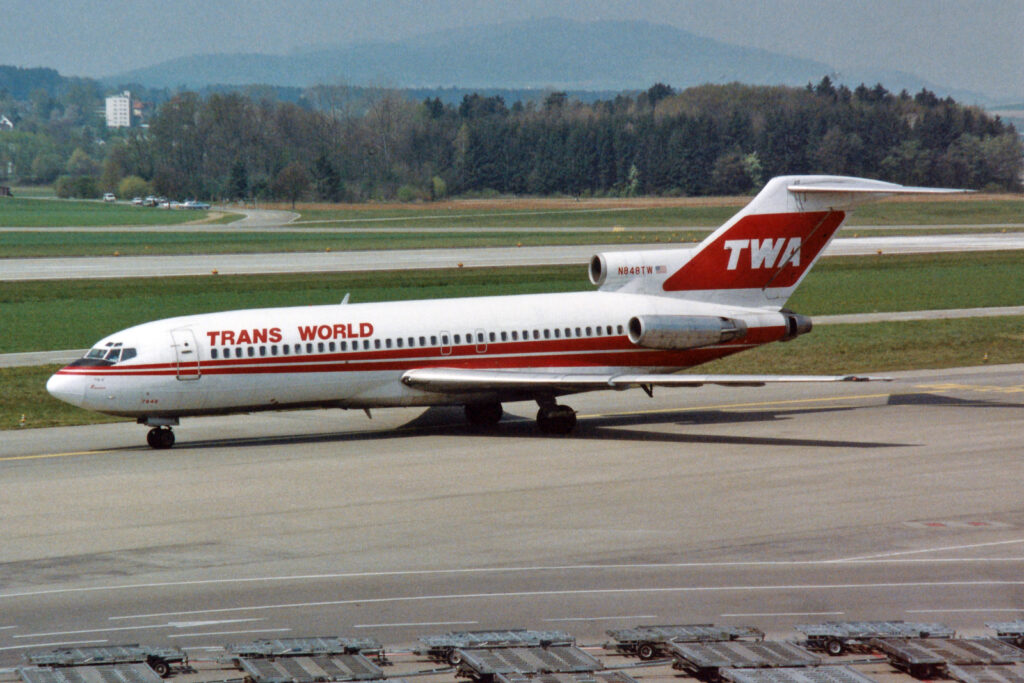
Charles Lindbergh’s vision birthed something extraordinary in the 1930s. TWA carved transcontinental paths when flying coast-to-coast felt like crossing into tomorrow. The Lockheed Constellation became their signature bird, elegant as a swan against endless skies.
Deregulation changed everything. Competition squeezed profits until TWA Flight 800’s tragedy damaged more than just reputation. American Airlines absorbed them in 2001, ending seven decades of silver wings.
17. Eastern Airlines
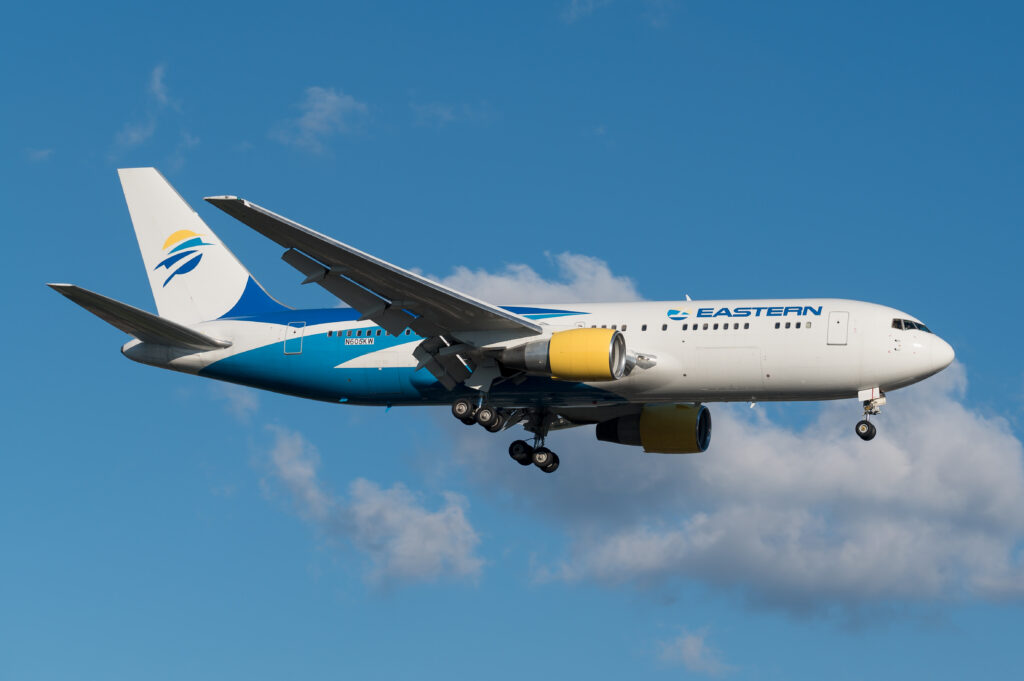
Eddie Rickenbacker’s “wings of man” slogan captured something beautiful about flying between Florida sunshine and New York hustle. Eastern Airlines owned those routes like a favorite song owns your heart. Passengers trusted them for decades.
Labor disputes under Frank Borman created chaos that spread like storm clouds. Financial strain grounded this once-proud carrier in 1991. American Airlines inherited their routes, but the magic disappeared
16. Continental Airlines

Some airlines offered transportation; Continental offered transformation. Their hubs in Los Angeles, Washington, and Denver connected dreams to destinations. The frequent flyer program felt revolutionary—loyalty rewarded with silver wings and preferential treatment.
Deregulation’s harsh economics forced difficult choices. Premium service couldn’t overcome mounting financial pressures. The 2010 merger with United created something larger but arguably less personal.
15. Northwest Airlines
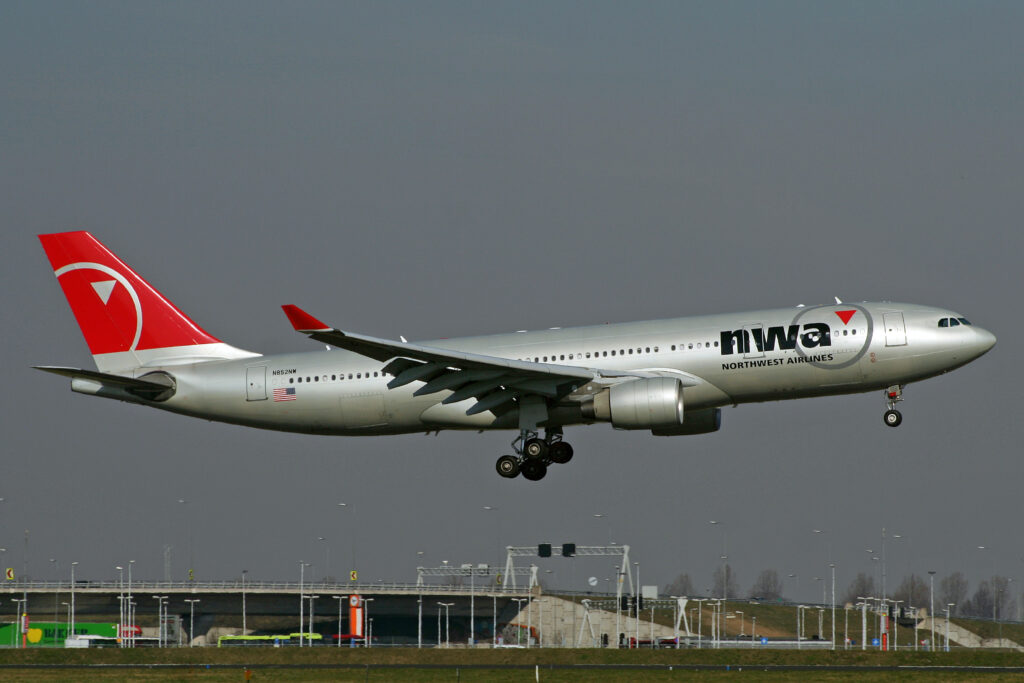
Northwest Airlines about endurance. Starting in the 1920s, they expanded westward to Asia like explorers chasing the horizon. By the 2000s, they’d become the world’s sixth-largest carrier.
Automated check-in systems streamlined what once felt ceremonial. Economic headwinds proved stronger than innovation. Delta’s 2008 acquisition absorbed Northwest’s legacy into something unrecognizably corporate.
14. Republic Airlines
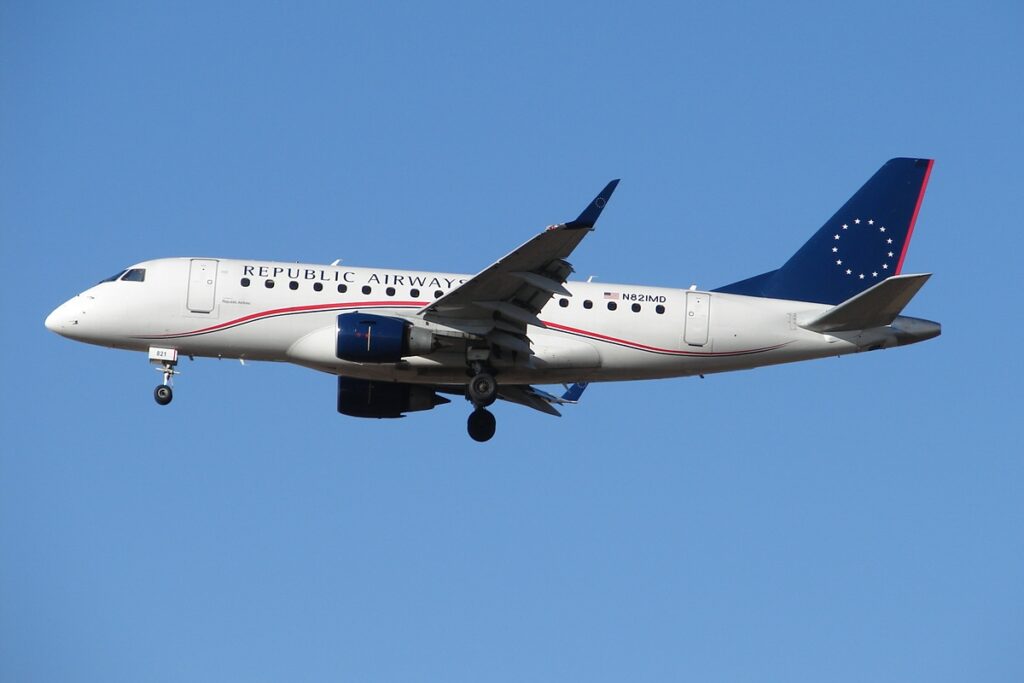
Founded through mergers in 1979, Republic Airlines mastered the art of connection. Their partnerships with American, Delta, and United created seamless journeys across fragmented networks. The Embraer fleet became their signature.
Code-sharing agreements revolutionized regional travel. Passengers could transfer between carriers like changing trains. Northwest Airlines acquired them in 1986, proving that success sometimes breeds extinction.
13. US Airways
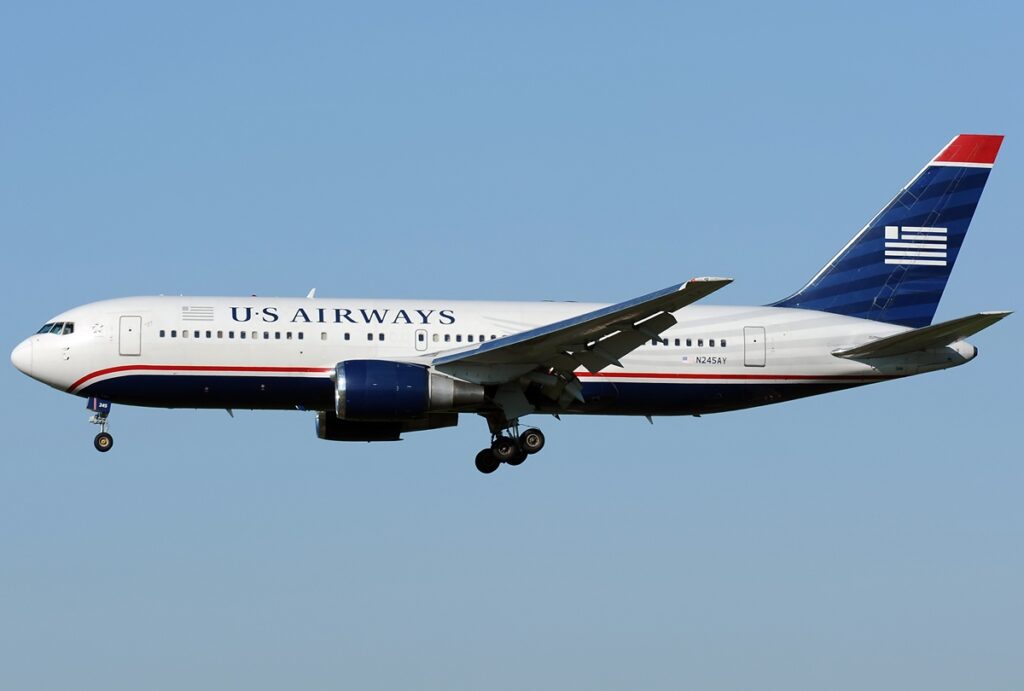
Mail delivery in 1939 doesn’t sound glamorous, but All-American Aviation planted seeds that bloomed into something magnificent. Rebranded as Allegheny Airlines, then US Airways, they connected 190 destinations across continents.
Bankruptcy filings in 2002 and 2004 revealed financial fractures. The reverse merger with American Airlines in 2013 technically made US Airways the acquirer, though American’s name survived.
12. National Airlines (1980s incarnation)
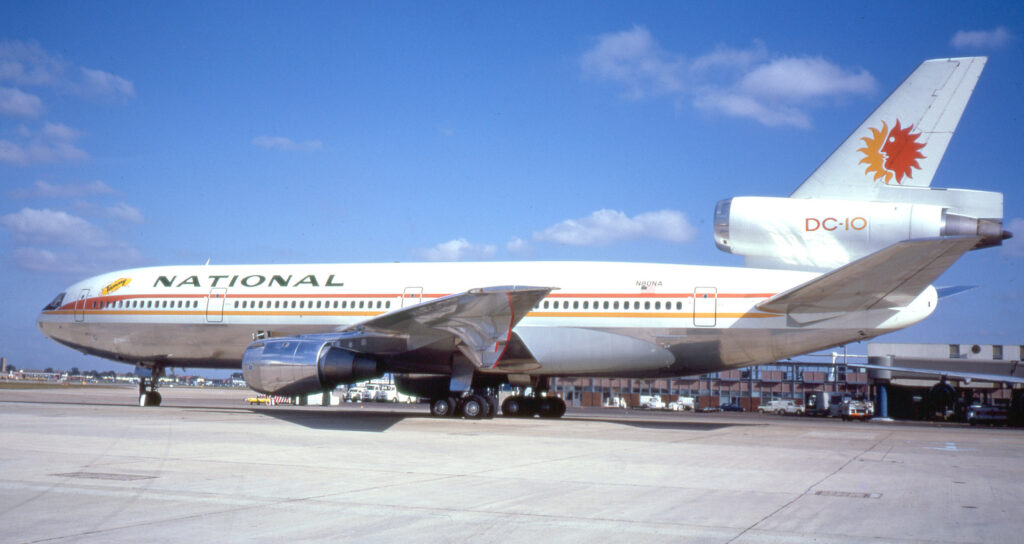
Orlando’s tourism boom needed wings, and National Airlines provided them. Born from Murray Air and National Air Cargo, they served Florida’s growing appetite for adventure. The hub strategy amplified regional economic growth.
September 11th’s aftermath devastated tourism like a hurricane hitting paradise. Security costs skyrocketed while passenger numbers plummeted. Bankruptcy in 2002 ended their brief but meaningful chapter.
11. Braniff International Airways
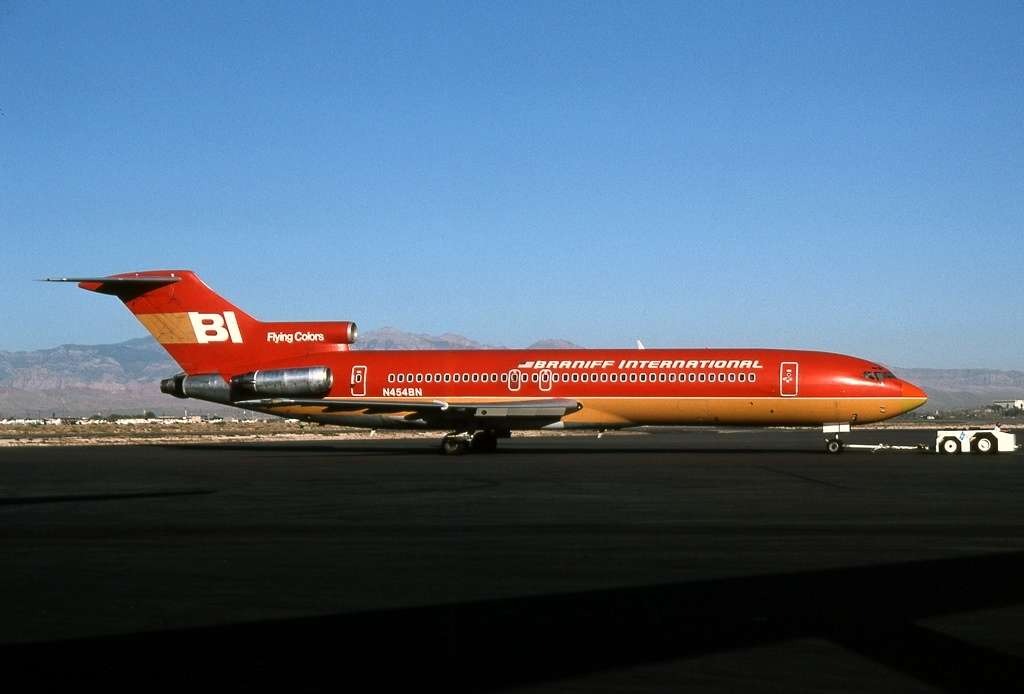
Color transformed everything in the 1960s, and Braniff painted the sky vibrant. Their advertising campaigns made flying feel like performance art. Routes across the Midwest, Southwest, and Latin America connected cultures through rainbow-hued aircraft.
Aggressive expansion strategies consumed resources faster than revenue could replenish them. Deregulation’s competitive pressures exposed financial vulnerabilities. Bankruptcy in 1982 ended their colorful reign over American skies.
10. Piedmont Airlines

Winston-Salem, North Carolina, birthed something special in the 1940s. Piedmont Airlines grew through strategic mergers while maintaining regional charm. Philadelphia and Charlotte became their anchoring hubs, employing over 10,000 people.
Industry consolidation pressures mounted like gathering storm clouds. US Airways acquired them in 1989, preserving routes but dissolving identity. The Piedmont name survived as an Express brand.
9. Northeast Airlines
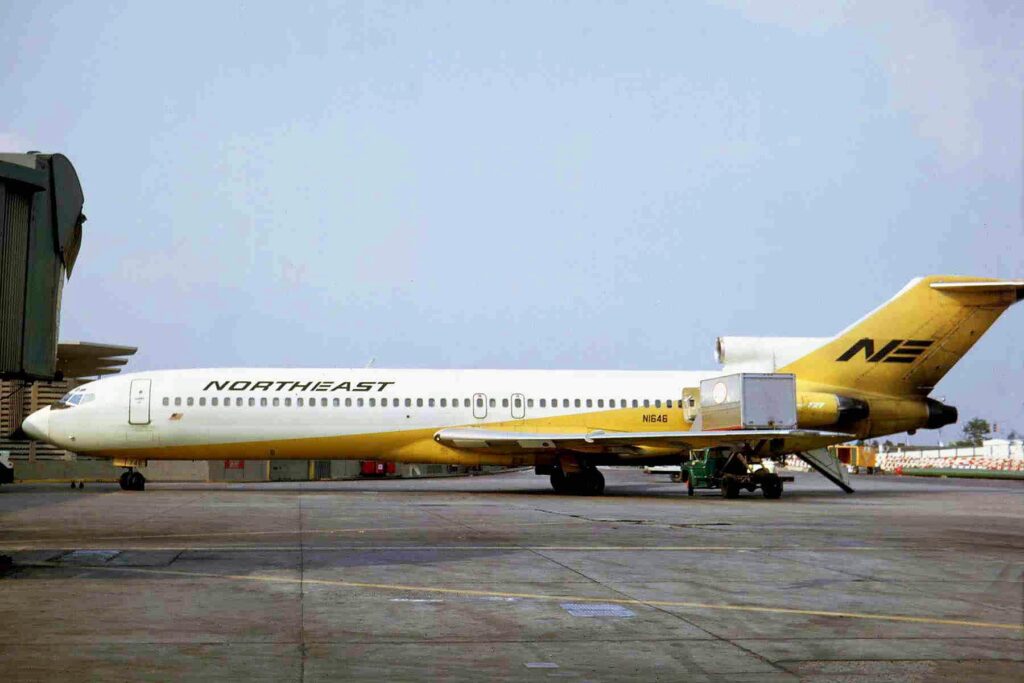
New England deserved its own carrier, and Northeast Airlines delivered that dream. Boston-Maine Airways evolved into something larger, connecting the northeastern United States to Canada and the Bahamas. Calm, efficient service earned customer devotion.
Limited resources couldn’t compete with larger carriers’ expanding networks. Delta Airlines acquired them in 1972, integrating routes while erasing regional identity. New England lost its favorite airline.
8. Air California

Newport Beach’s sunny shores inspired something bold in 1967. Air California challenged Pacific Southwest Airlines for California’s growing market. The orange and blue livery stood out against endless blue skies like a promise.
Deregulation shattered the regulated comfort zone. Larger airlines invaded California markets with deeper pockets and broader networks. American Airlines acquired them in 1987 for $225 million.
7. Pacific Southwest Airlines (PSA)

That painted smile on aircraft noses wasn’t just decoration—it was philosophy. PSA pioneered low-cost flying in California, inspiring Southwest Airlines’ business model. San Diego became their headquarters, radiating sunshine across the Golden State.
Deregulation opened markets but intensified competition. Larger carriers brought overwhelming resources to formerly protected routes. USAir acquired PSA in 1986, ending California’s unofficial flag carrier.
6. People Express Airlines
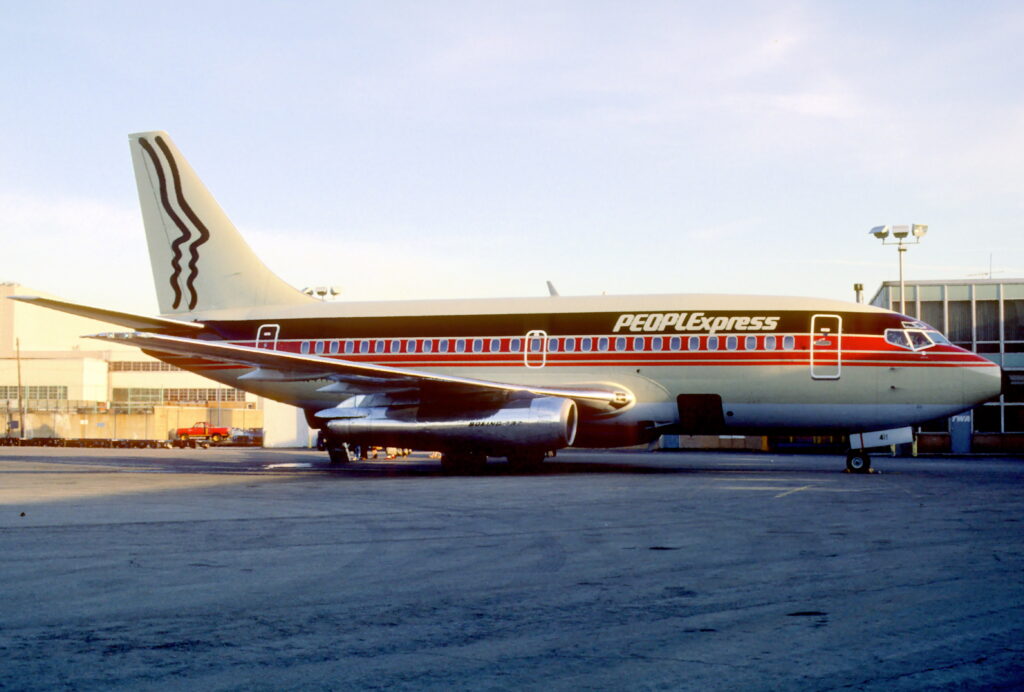
Newark Airport, 1981: revolution arrived wearing no-frills clothing. People Express democratized flying with à la carte pricing that seems ordinary now but felt radical then. Middle-class families discovered affordable wings.
Rapid expansion stretched resources beyond breaking points. Adding first-class service in 1986 contradicted their egalitarian mission. Continental Airlines absorbed them in 1987, ending the experiment.
5. ValueJet Airlines
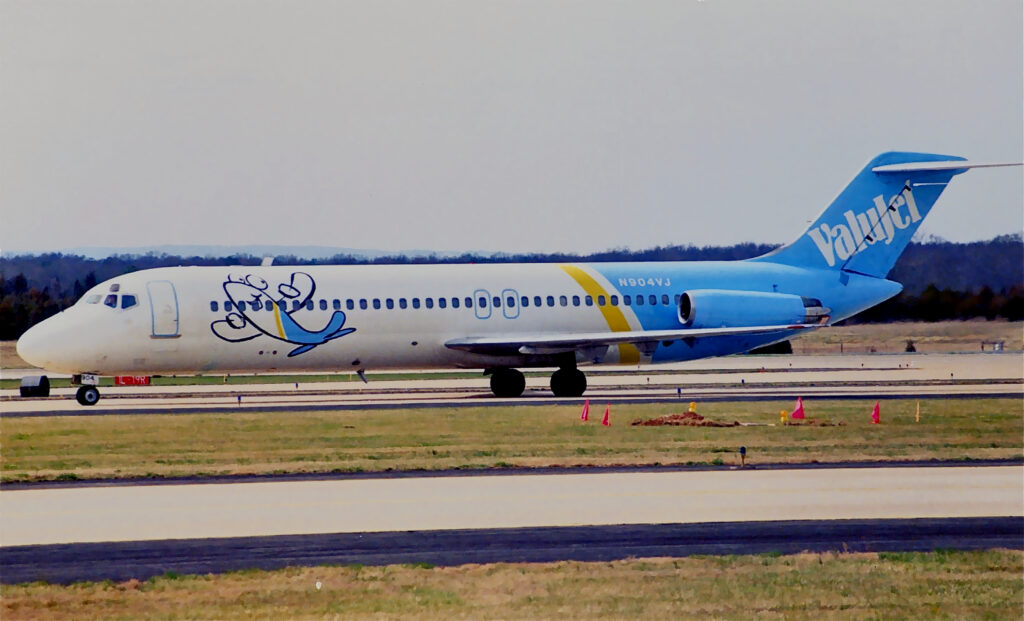
Atlanta, 1993: budget aviation promised accessible skies. ValueJet’s DC-9 fleet offered rock-bottom fares that attracted cost-conscious travelers. Growth seemed unstoppable until reality intervened with devastating consequences.
Flight 592’s Everglades crash exposed dangerous cost-cutting measures. Public confidence evaporated like morning fog. The 1997 rebranding as AirTran couldn’t erase the safety stigma.
4. Hughes Air West

Yellow aircraft weren’t just visible—they were joyful. Hughes Air West’s “Top Banana in the West” slogan captured something playful about flying. The bright livery made every departure feel like a celebration against western skies.
Financial challenges haunted the airline throughout its existence. Deregulation exposed vulnerabilities that enthusiasm couldn’t overcome. Republic Airlines acquired them in 1980, ending the yellow bird era.
3. Ozark Airlines
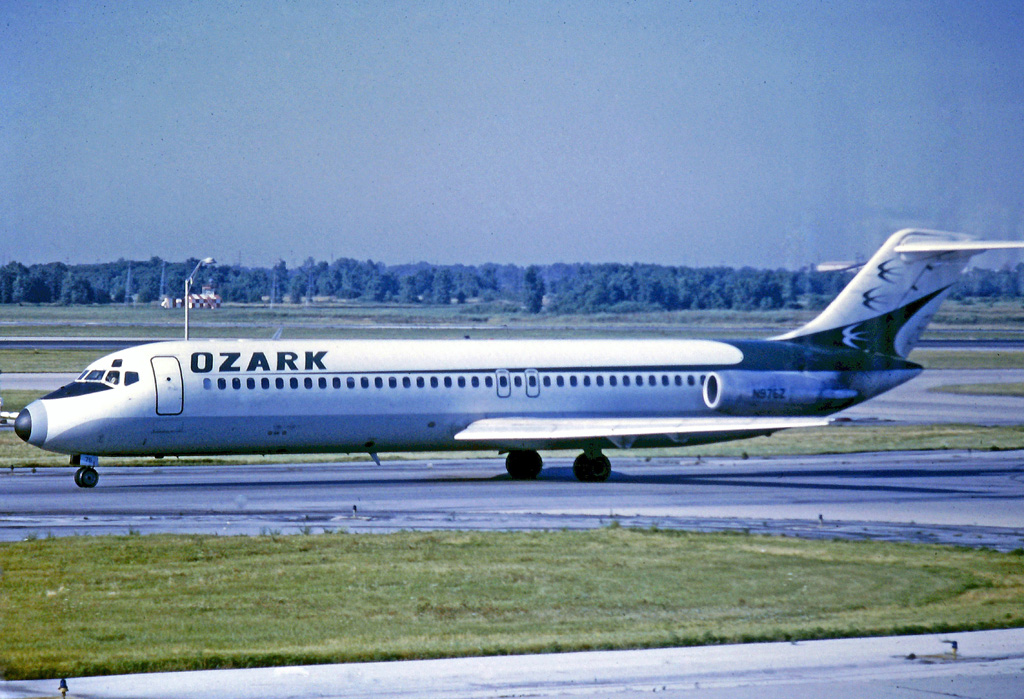
St. Louis, Missouri, anchored something beautiful from 1950 to 1986. Ozark Airlines painted swallows on aircraft tails like symbols of seasonal return. The Midwest appreciated their consistent regional service.
Limited geographic scope constrained growth possibilities. Deregulation favored larger carriers with broader networks. Trans World Airlines acquired them in 1986 for $242 million.
2. Mohawk Airlines
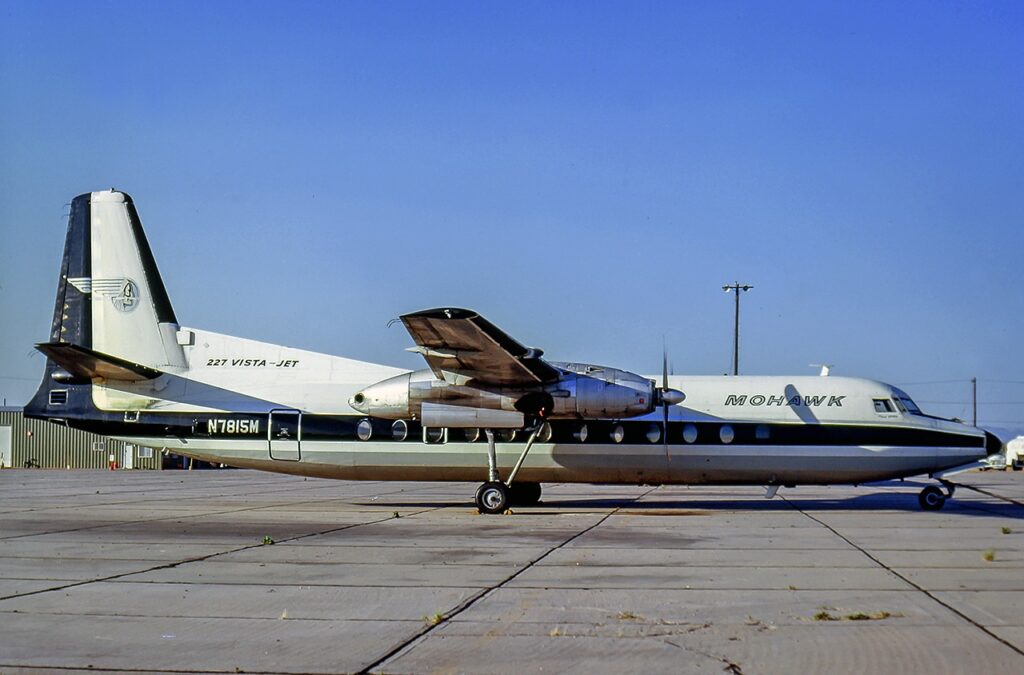
Innovation sometimes wears humble uniforms. Mohawk Airlines pioneered computerized reservations and flight simulators while serving the Mid-Atlantic region. They hired the first African-American flight attendants, leading industry diversity efforts.
Financial difficulties in the early 1970s grounded their progressive vision. Allegheny Airlines merged with them in 1972, absorbing innovation while dissolving identity. Progress continued under different wings.
1. Capital Airlines
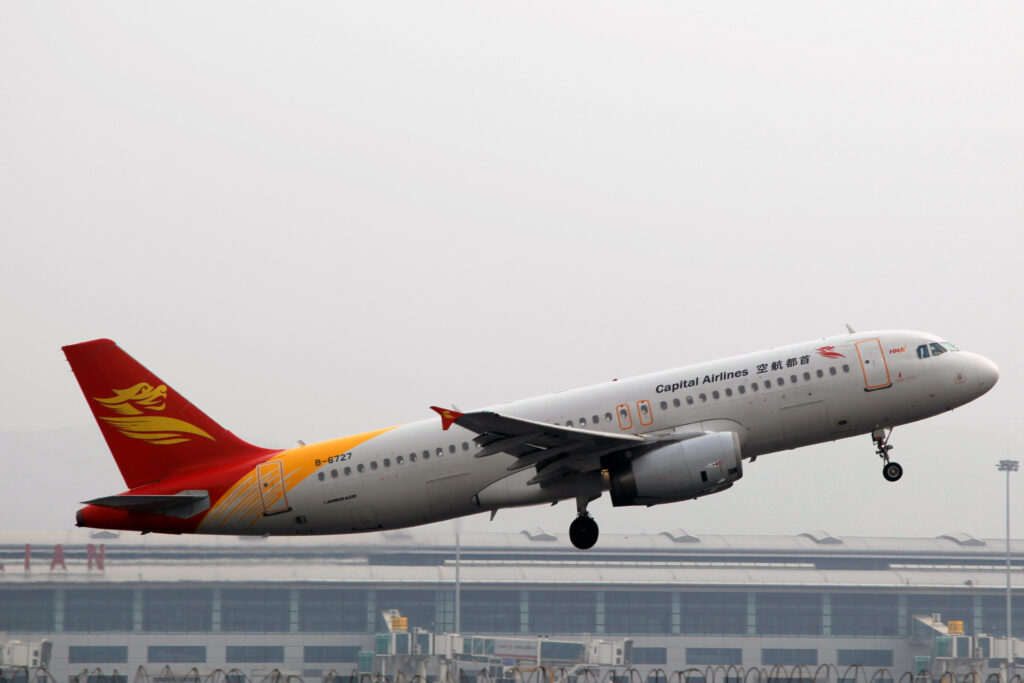
Washington, D.C., hosted America’s fifth-largest carrier during the 1950s. Capital Airlines introduced turboprop service with Vickers Viscount aircraft, modernizing domestic travel. Their trunk carrier status connected major markets across multiple regions.
Fleet modernization costs created unsustainable debt burdens. Competition from larger carriers intensified financial pressures. United Airlines merged with them in 1961, marking early airline consolidation.


